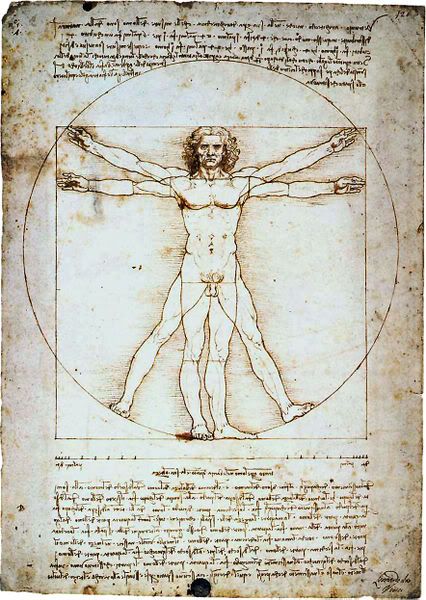 Span
Span is all of a lather over on
Mag’s blog on a matter of size. I should never have told Mags that a span is 9 inches… oh well such is the cross one bears. As I’ve made a biblical reference, I might as well point out that Goliath (yes the very fellow slain by David) was reputed to be "six cubits and a span" tall. A cubit was generally reckoned to be the measurement from Noah’s elbow to the tip of his middle finger. Well these things were a bit variable…Or were they?
Well Noah and his arm might be but there were 12 inches to the foot, 3 feet to the yard, five yards and one foot and six inches to the rod (or pole or perch), 4 rods (or poles or perch) to the chain, 10 chains to the furlong, and 8 furlongs to the statute mile.
My allotment is nine poles. But how much is that then? And is it always the same? And why is it a pole?
The pole was the ox-goad the medieval ploughman used to control his team of eight oxen. In order to reach the leading pair he had to have a long pokey thing which had to be sixteen and a half feet or five and a half yards long.
This becomes particularly interesting when you think that each ploughman had a pretty standard measuring pole. A mediaeval ploughman with a team of eight oxen was required to till one acre a day. That was a furlong in length. Obviously a "furrowlong" was about the most four yoke of oxen could pull steadily through heavy soil before they had to rest – 220 yards.
An acre (4,840 square yards) is one furlong in length and one chain in breadth. A chain was 22 yards. OK but what’s that got to do with poles? Well it’s 22 yards – or four poles. Such a convenient length as the pole allowed easy assessment at any time in the day of how much had been ploughed of the width of the acre.
Interestingly the dividing markers between the acres were very narrow strips of unploughed land which, over the long years, as the land between them was worked and in consequence sank a little, appeared to be raised. When crop rotation allowed land to lie fallow, any games played on its rich grass would be dictated by those markers. So you might push some stumps in and throw balls at them, on a wicket 22 yards long. Gosh let’s call it cricket.
Looking down the furrow, to where the oxen turned and rested, one acre butted up to the next, and small mounds rose from the ground. They were called butts and were utilised, as butts are today, as protection for those who stood behind the archery targets. And how long was a furrow again? About 220 yards. A good distance to be deadly accurate with a longbow.

This is a picture of my younger son on the battlefield at Crécy on the anniversary of the battle last summer, excercising his right as an Englishman to shoot a bow that is much too big for him on a french field , in honour of his ancestors (who were big bastards due to all that ploughing, ox-goading and archery practice).
Categories: History_ English Language_













